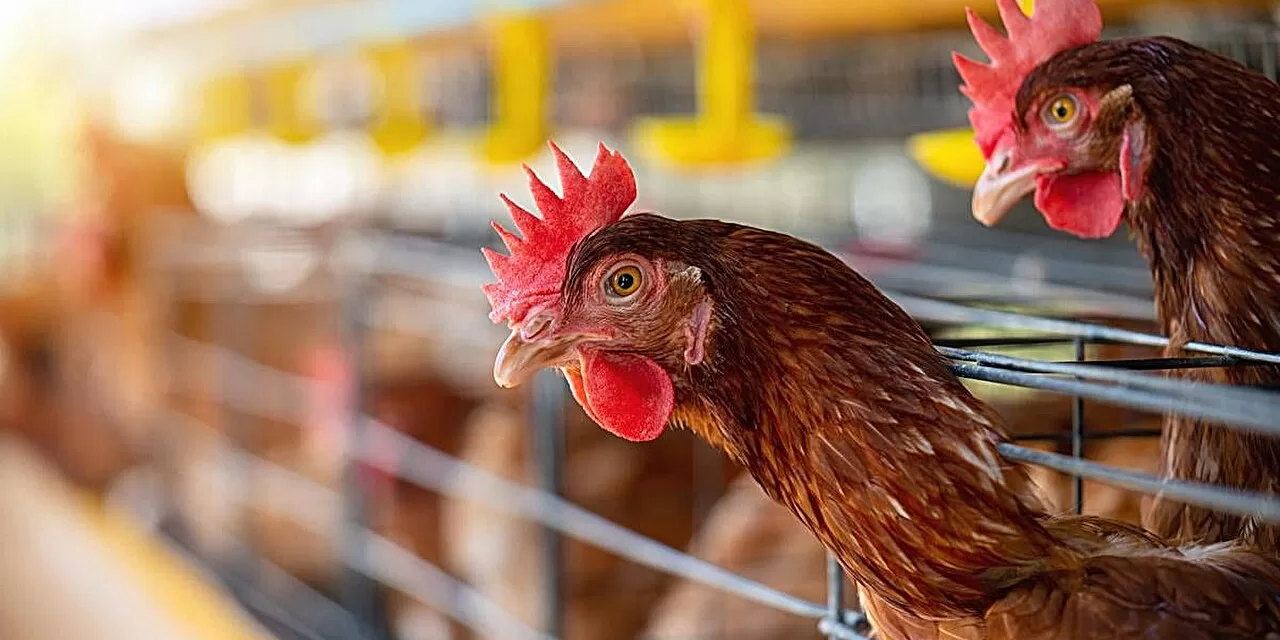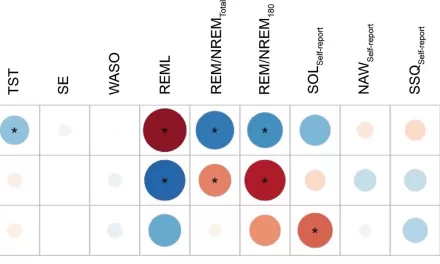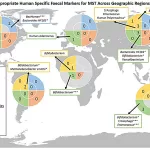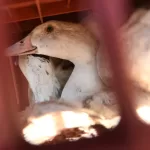As California’s Central Valley grapples with an increasing number of bird flu cases linked to dairy cow exposure, public health experts are closely monitoring the evolving situation. Rais Vohra, MD, a professor at UC San Francisco, Fresno, and interim health officer for the Fresno Department of Public Health (DPH), is at the forefront of efforts to manage and mitigate the spread of the virus in Fresno, Tulare, and Kern counties.
Understanding Bird Flu and Its Variants
Bird flu, scientifically known as avian influenza, has been a persistent issue among wild birds and poultry for decades. The H5N1 strain, a long-standing variant, made a concerning leap to mammals in a Texas dairy cattle ranch in March 2024, raising alarm among health professionals. More recently, a new variant, H5N9, emerged at a California duck farm in late January.
While H5N9 appears more virulent in birds and farm animals, experts emphasize that it does not currently pose a significant threat to humans. However, scientists remain vigilant, as viruses can evolve in unpredictable ways, particularly when they coexist with seasonal flu strains.
Bird Flu Cases in the U.S.
As of mid-October 2024, there have been 27 confirmed human cases of bird flu in the U.S., with 13 cases occurring in California’s Central Valley. All infected individuals had direct exposure to dairy cows, and no cases of human-to-human transmission have been recorded.
How Bird Flu Spreads
Bird flu primarily spreads through respiratory droplets, similar to the common cold. Individuals can contract the virus by inhaling airborne particles or touching contaminated surfaces. Despite its transmissibility among poultry and dairy cows, there is no evidence of person-to-person spread in the U.S.
Symptoms and Risks
Common symptoms of bird flu include conjunctivitis (pink eye), congestion, cough, fever, sore throat, and fatigue. In severe cases, pneumonia and respiratory distress may occur, potentially requiring hospitalization. Although fatalities from bird flu have been reported globally, no deaths have been recorded in the U.S.
Prevention and Vaccination Efforts
Currently, no public vaccine exists for bird flu, though research is ongoing. Health officials urge those working with dairy cattle and poultry to get the seasonal flu vaccine to minimize the risk of co-infection, which could facilitate viral mutations.
Public Health Response
To combat the spread of bird flu, UCSF Fresno has expanded its Mobile HeaL initiative, originally launched during the COVID-19 pandemic. This mobile unit provides testing, flu vaccinations, COVID vaccines, and antiviral medications to vulnerable communities, including farmworkers and rural populations with limited healthcare access.
Safety of Food and Dairy Products
Health authorities assure the public that pasteurized milk remains safe for consumption, as milk from infected cows is discarded. However, handling raw, unpasteurized milk poses a risk of infection. Similarly, properly cooked poultry and beef do not transmit the virus.
Looking Ahead
While H5N9 is being closely monitored, there is no immediate cause for public alarm. Continued vigilance, adherence to biosecurity measures, and advancements in vaccine research will play a critical role in preventing bird flu from becoming a significant public health threat.
Disclaimer: This article is for informational purposes only and does not constitute medical advice. For concerns regarding bird flu exposure or symptoms, please consult a healthcare professional.
Source: University of California, San Francisco











